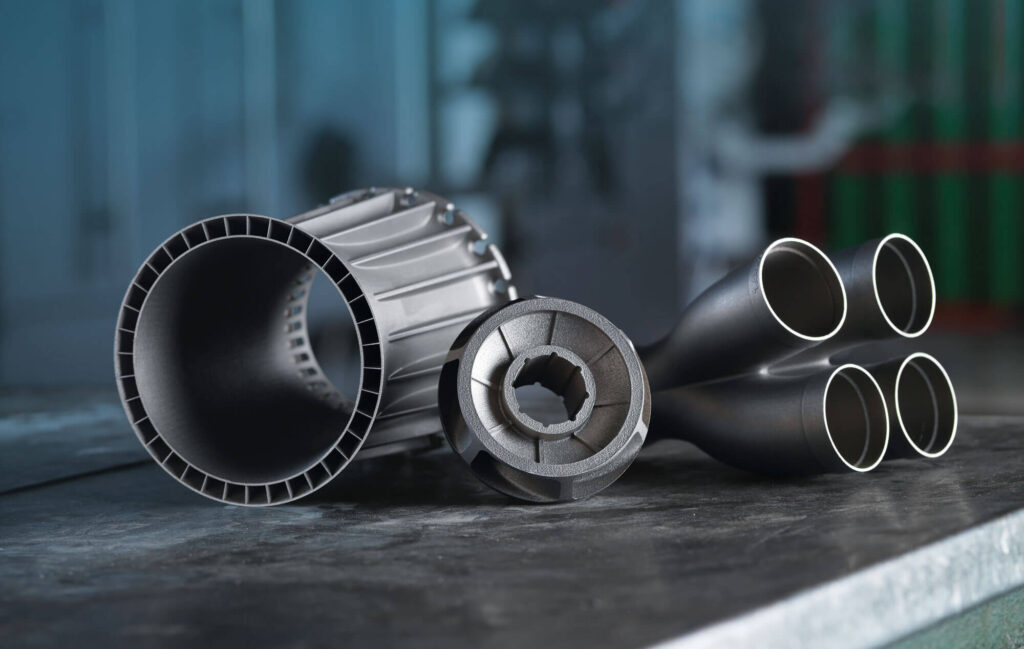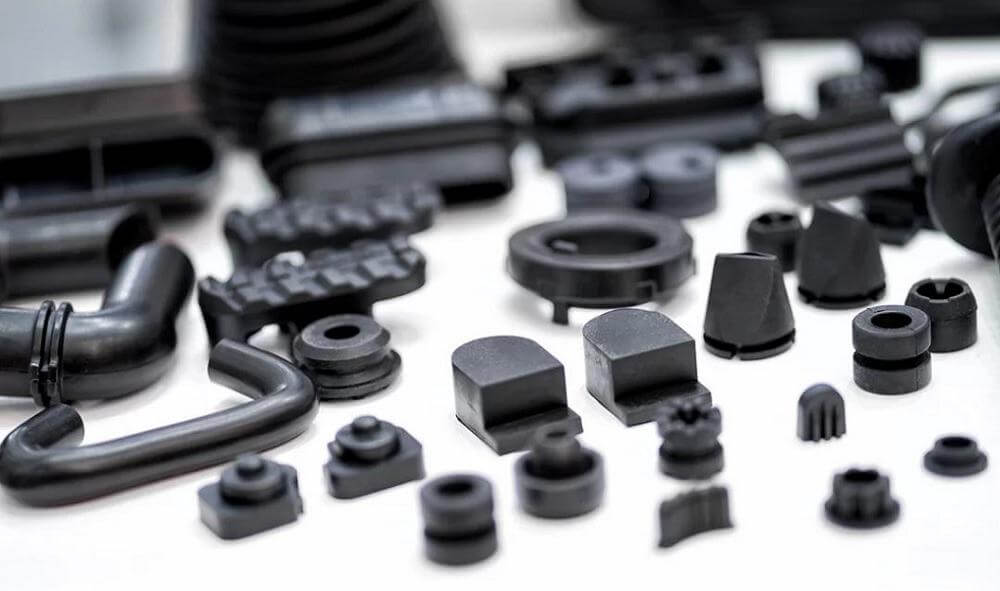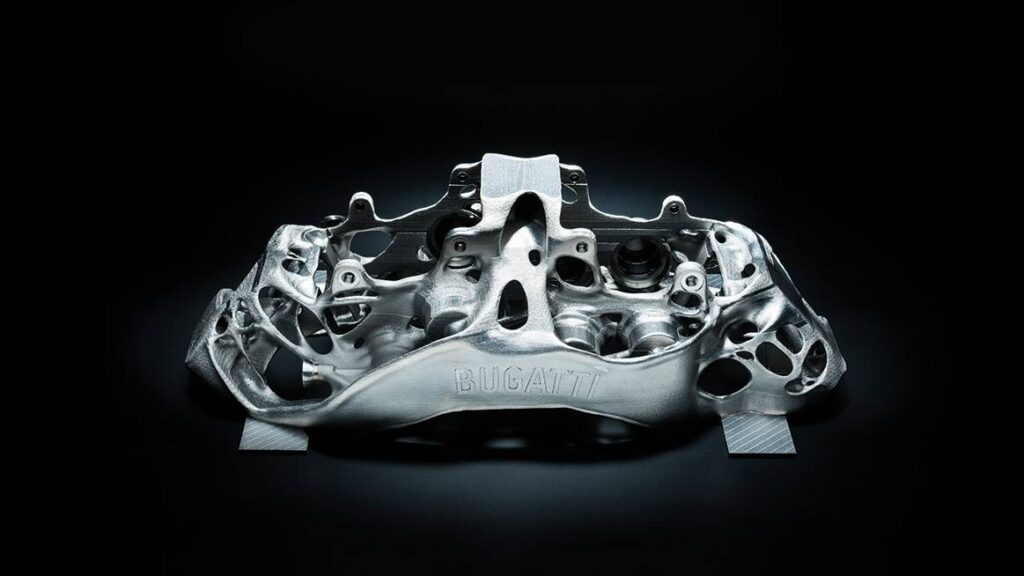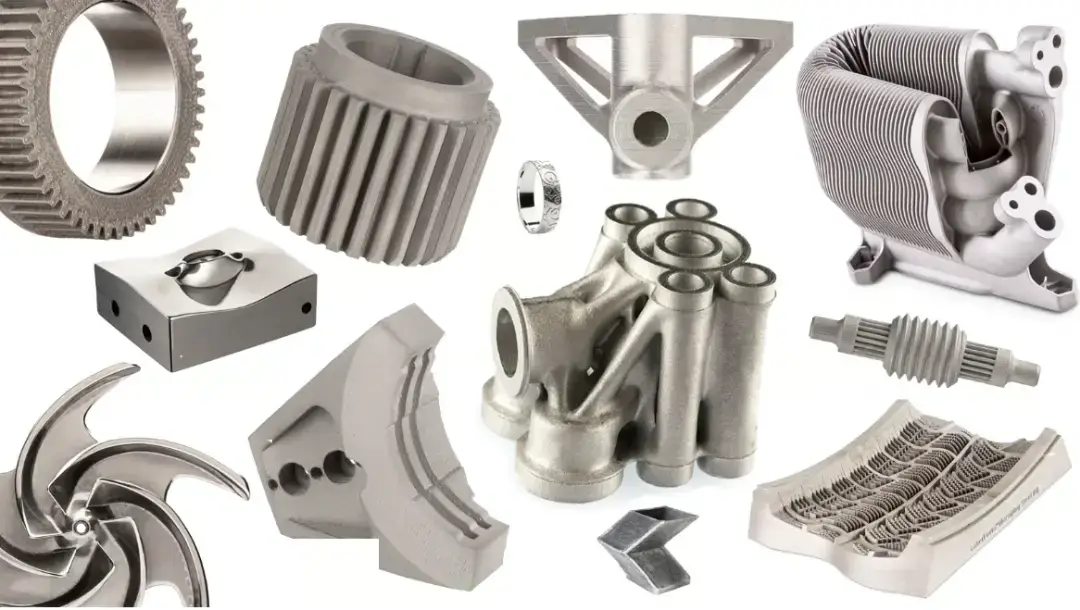Understanding the Dimensional Accuracy of 3D Printed Parts
3D printing has revolutionized the manufacturing industry, allowing for the creation of complex and customized parts with ease. However, one crucial aspect that needs to be considered when using this technology is the dimensional accuracy of the printed parts. Dimensional accuracy refers to how closely the printed part matches the intended design dimensions.
In this article, we will delve into the factors that affect dimensional accuracy in 3D printed and explore the techniques used to improve it.
1.Impact on the dimensional accuracy of 3D printed parts
Several factors can influence the dimensional accuracy of 3D printed parts.
1) Printer
The first and most obvious factor is the printer itself. Different printers have varying levels of precision, and some are more accurate than others. High-end industrial printers tend to have better dimensional accuracy compared to consumer-grade printers. Additionally, the type of printing technology used, such as fused deposition modeling (FDM) or stereolithography (SLA), can also impact the accuracy of the final part.

2) Materials
Another factor that affects dimensional accuracy is the material used for printing. Because different materials have different shrinkage rates, this difference can cause the printed part to deviate from the expected dimensions. For example, materials such as ABS tend to shrink more than other materials, resulting in reduced dimensional accuracy. So manufacturers usually provide shrinkage values for their materials, which can be used to compensate for any potential deviations.
3) Part design
At the same time, the design of the part itself also plays an important role in dimensional accuracy. Design features like overhangs or unsupported structures are difficult to print accurately. At the same time, these features may also require support structures or modifications to ensure proper dimensional accuracy, so these design constraints must be considered and the part geometry optimized to achieve the required accuracy.
4) Layer height
Layer height is another critical factor that affects dimensional accuracy. In 3D printed, parts are built layer by layer, and the layer height determines the resolution of the printed part. Smaller layer heights generally result in higher accuracy, as they allow for finer details and smoother surfaces. However, using smaller layer heights can significantly increase printing time, so a balance must be struck between accuracy and efficiency.

2.Methods for 3D printing parts
To improve the dimensional accuracy of 3D printed parts, several techniques can be employed.
1) Regularly calibrate the printer
One common approach is to calibrate the printer regularly. This involves adjusting the printer’s settings, such as the extrusion rate and temperature, to ensure consistent and accurate printing. Regular calibration helps minimize any deviations that may occur over time due to wear and tear or changes in environmental conditions.
2) Software tools
Another technique is to use software tools that compensate for dimensional inaccuracies. These tools analyze the design and adjust it to account for any potential shrinkage or warping during the printing process. By making these adjustments, the software can help achieve the desired dimensional accuracy without the need for manual modifications to the design.

In conclusion, dimensional accuracy is a crucial aspect of 3D printed. Several factors, including the printer, material, design, and layer height, can influence the accuracy of the printed parts. However, by understanding these factors and employing appropriate techniques, manufacturers can achieve the desired dimensional accuracy in their 3D printed parts.
As the technology continues to advance, we can expect even greater precision and accuracy in the future, opening up new possibilities for the use of 3D printed in various industries.
